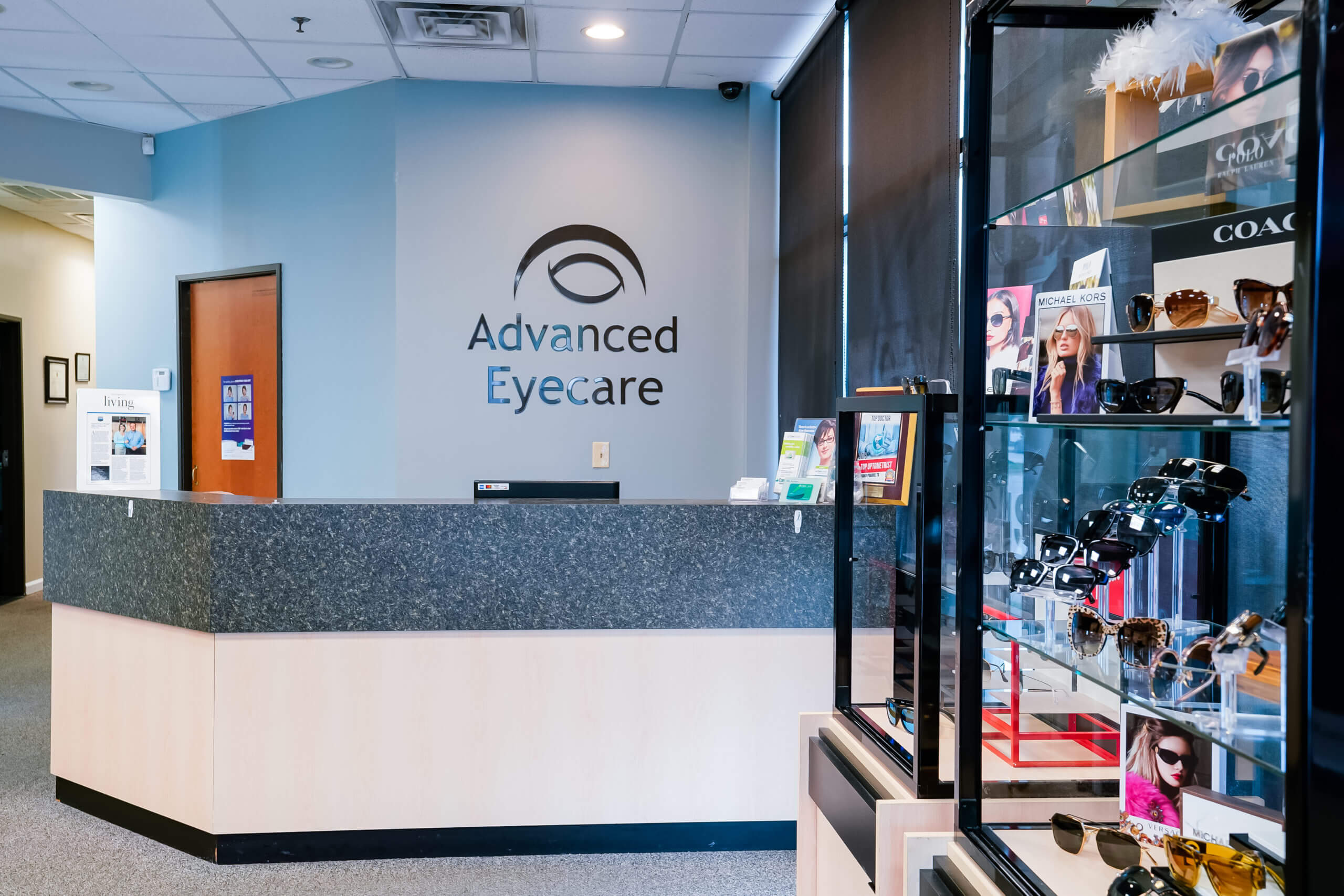The Pros and Disadvantages of Various Refractive Surgical Procedures for Improved Eyecare

LASIK Surgery
LASIK surgical procedure is a typically executed refractive procedure that intends to fix vision concerns such as astigmatism, farsightedness, and nearsightedness. This surgical strategy has acquired appeal because of its effectiveness in giving people with more clear vision and reducing their reliance on glasses or get in touch with lenses. During the treatment, a slim flap is developed on the cornea, and a laser is used to improve the underlying cells, remedying the refractive mistake. The flap is after that rearranged, permitting for fast recovery and very little discomfort for the client.
One of the main advantages of LASIK surgery is the fast improvement in vision experienced by several individuals. It is important for individuals thinking about LASIK surgical treatment to undertake a detailed assessment by an eye care expert to determine if they are suitable prospects for the treatment.
PRK Procedure
The PRK treatment, likewise known as Photorefractive Keratectomy, is a sort of refractive surgery that intends to remedy vision problems comparable to LASIK surgery. Unlike LASIK, which involves producing a flap in the cornea, PRK deals with the surface layer of the cornea. Throughout the PRK procedure, the external layer of the cornea, called the epithelium, is removed to enable improving of the underlying corneal cells with an excimer laser. This reshaping assists to remedy refractive errors such as astigmatism, farsightedness, and nearsightedness.
One of the advantages of PRK over LASIK is that it removes the danger of flap-related issues because no flap is developed during the surgical procedure. Despite the longer recuperation duration, PRK can be an ideal option for individuals seeking vision modification surgical treatment.
SMILE Surgery
An innovative refractive surgery method obtaining appeal in the field of ophthalmology is SMILE Surgery. Little Cut Lenticule Extraction (SMILE) is a minimally intrusive treatment that remedies vision by reshaping the cornea making use of a femtosecond laser. Unlike typical LASIK surgical procedure, SMILE Surgical treatment involves developing a little cut in the cornea to extract a lenticule, which results in much less interruption to the corneal structure and potentially faster recuperation times.
One of the main benefits of SMILE Surgery is its capability to deal with nearsightedness (nearsightedness) and astigmatism with high precision, causing excellent visual results for people. The minimally invasive nature of the procedure additionally decreases the risk of complications such as completely dry eye syndrome, making it a desirable choice for individuals looking for refractive surgical treatment.

LASEK Strategy
Having discovered the benefits and considerations of SMILE Surgical treatment, another notable refractive surgery strategy worth taking a look at is the LASEK Strategy. LASEK, which stands for Laser-Assisted Subepithelial Keratectomy, is a form of laser eye surgical treatment that intends to correct refractive errors such as nearsightedness (nearsightedness), hyperopia (farsightedness), and astigmatism.
Unlike LASIK, LASEK does not entail developing a corneal flap. Rather, throughout a LASEK treatment, the doctor utilizes a diluted alcohol service to loosen the thin external layer of the cornea, called the epithelium. This layer is after that delicately relocated apart to enable the laser to reshape the underlying corneal tissue. Once the cornea has been reshaped to the desired degree, the epithelial layer is rearranged.
One of the primary benefits of LASEK is that it can be appropriate for people with slim corneas who might not be excellent candidates for LASIK. Additionally, LASEK typically causes very little post-operative discomfort and a quicker healing time compared to PRK. Nonetheless, the visual recuperation process with LASEK may be somewhat longer than with LASIK.
Implantable Get In Touch With Lenses
Implantable Contact Lenses supply a long-lasting vision correction option for individuals seeking a choice to standard contact lenses or glasses. These lenses, likewise referred to as phakic intraocular lenses, are surgically placed right into the eye to fix refractive mistakes such as myopia (nearsightedness), hyperopia (farsightedness), and astigmatism. eye doctors in andalusia. Unlike typical contact lenses that remain on the surface area of the eye, implantable contact lenses function within the eye itself, offering clear vision without the need for everyday maintenance or removal
Among the key benefits of implantable contact lenses is their permanence. When put, they can continue to be in the eye indefinitely, using consistent and steady vision correction. Furthermore, these lenses can see page be a superb find this alternative for individuals who are bad prospects for laser eye surgical treatment or that favor a relatively easy to fix vision correction treatment.
However, implantable get in touch with lenses do bring some threats, consisting of the potential for cataracts or raised eye pressure. It is essential for people considering this choice to seek advice from an eye treatment expert to figure out if implantable get in touch with lenses are the ideal selection for their details demands and eye wellness.
Final Thought
In conclusion, each kind of refractive surgical procedure has its very own advantages and disadvantages. LASIK surgery is preferred for its quick recovery time, while PRK treatment may be ideal for clients with slim corneas.

In General, SMILE Surgical procedure presents an appealing alternative for individuals looking to boost their vision through refractive surgical treatment.